Real pearls appear to glow from within. Their lustrous appearance comes from light waves reflected off their inner surface layers. Ranging in colour from white with a touch of blush, as in Japan’s Akoya pearls, to the onyx of Tahitian black pearls, these ocean gems obtain their distinctive colours from the lip of the mollusc in which they’re produced. The pearls at the family-run Liddon Pearls farm at Post Office Island in the Abrolhos Islands – 60km off the coast of Geraldton in Western Australia – are smaller and a different species than the pearls found off Broome, located much further north on the WA mainland, and they radiate shades of mint, silver, purple, pink and gold. Finding a match for each pearl presents a welcome challenge for Italian fashion designer Michela Boriotti, who embraces the unique quirks as part of the creative process when crafting her contemporary jewellery collections for Liddon Pearls.
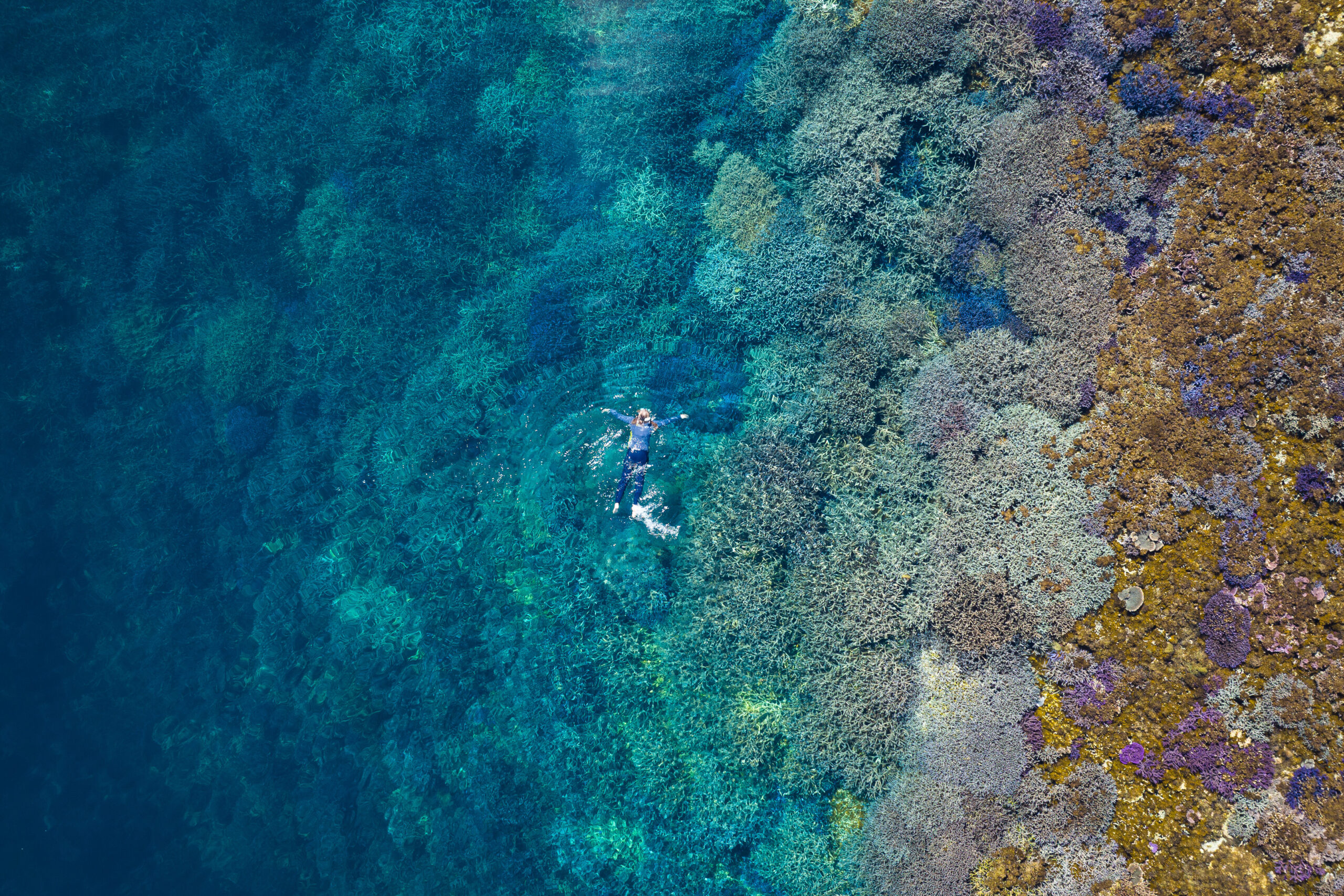
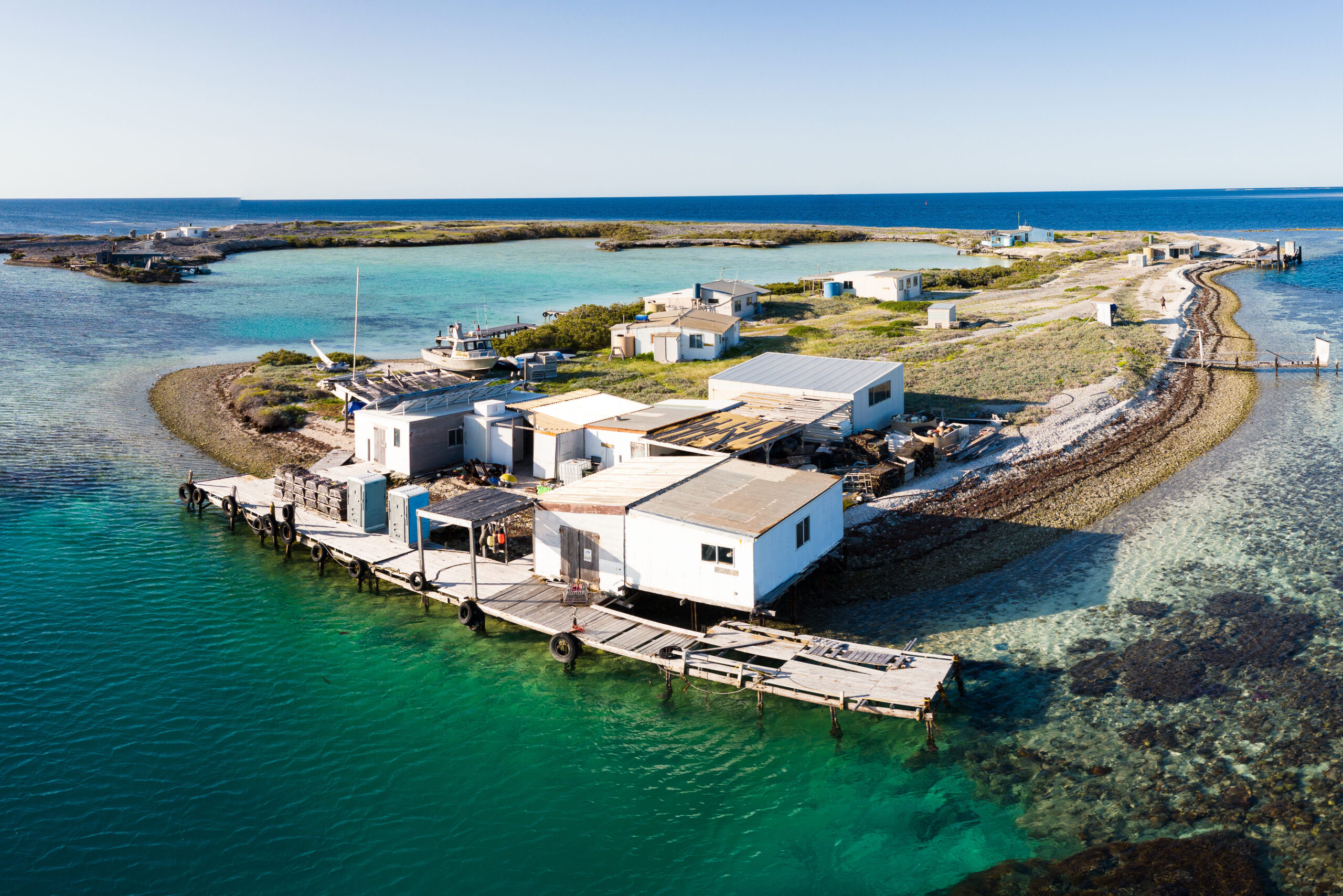
It was on another island, across the Indian Ocean, where fate saw Michela cross paths with Australian pearl farmer Jesse Liddon and become forever linked to the Abrolhos. “I was in fashion, working in the tradeshows in Europe and the USA,” Michela says. “It was busy. There wasn’t much time for a personal life.” Jesse was doing fly-in, fly-out work as a skipper for a pharmaceutical research vessel. When the time came for Jesse to introduce Michela to Post Office Island – the base of his family’s pearl farm and fishing business for generations – she was at first astonished by the location. “Compared to the Indonesian palms and the tropical forests, it was slightly different,” Michela explains.
Post Office Island is part of the Abrolhos’ Pelsaert (southern) Group. The Liddon family, who live in a shack that opens to a backyard of coral reefs and sea, are the island’s only inhabitants. On the other side of the island is a clear lagoon, where the family’s ashes are poured. Michela calls this place “the brutal paradise”.
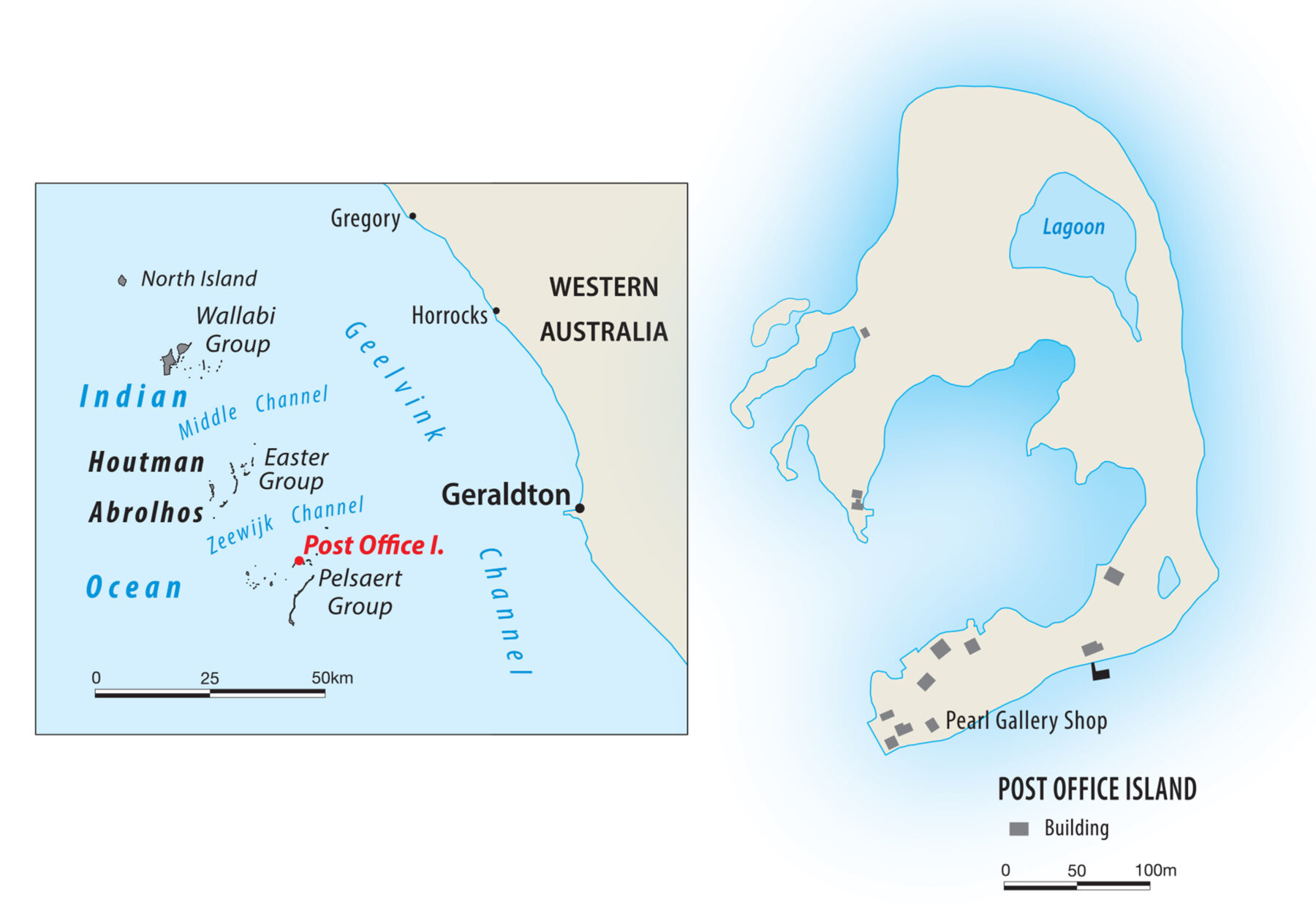
With reefs instead of sandy beaches surrounding the island, Michela, Jesse and their seven-year-old son Leo take their boat into the pristine waters to plunge in. Leo is the fourth generation of Liddons to live on the island. “He’s totally into hunting for his dinner, getting his squid or crayfish. It’s very Italian, being all about what’s for dinner and what’s for lunch,” Jesse says.
Back in the shack, the couple savour the day’s catch with a glass of white wine. “Even if it’s the same view, depending on the weather or the time of day, it can all completely change,” Michela says. “Sometimes we see seabirds overhead or whales in the sea.”

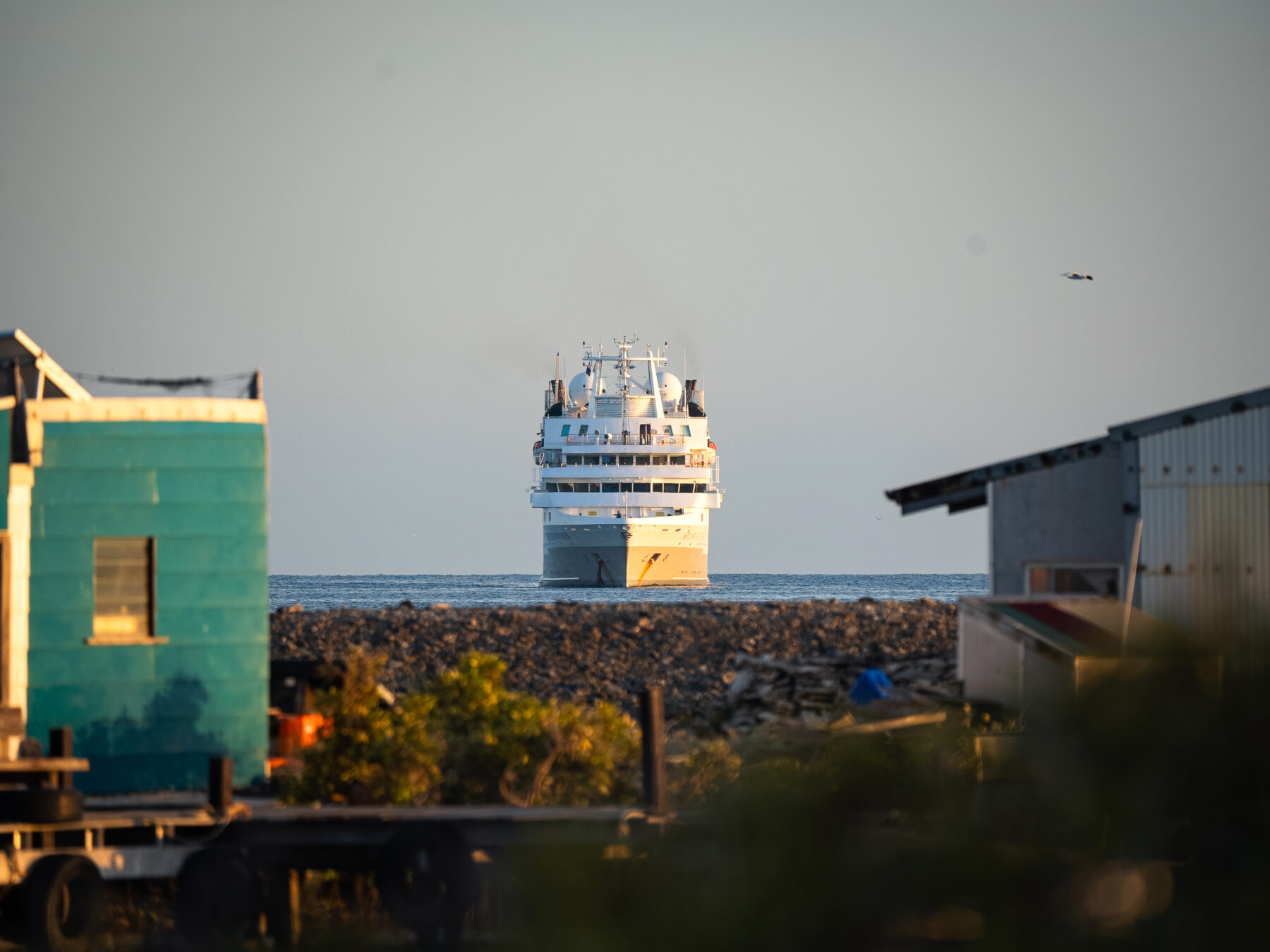
In the Pelsaert Group, each island belongs to a family. “We know our island so well and the sea around it. Each environment is so specific that if we went to another island in the Abrolhos, we would feel like tourists,” Jesse says. In Abrolhos’ north, in the Wallabi Group, there are large islands, where people have neighbours. “That’s where all the blood feuds and the fights are,” Jesse jokes. “It’s far more chill in the southern parts. We get along.”
Because the weather conditions can be rough and windy, and the days full of work, boating out to neighbouring islands to simply mingle is the last thing on anyone’s mind. “We don’t socialise much out here, we’re busy,” Jesse says. “But people band together to help – that’s the unspoken rule of the sea. If you need something or need someone to be collected from the mainland, you call the other families and ask if they are heading over.”
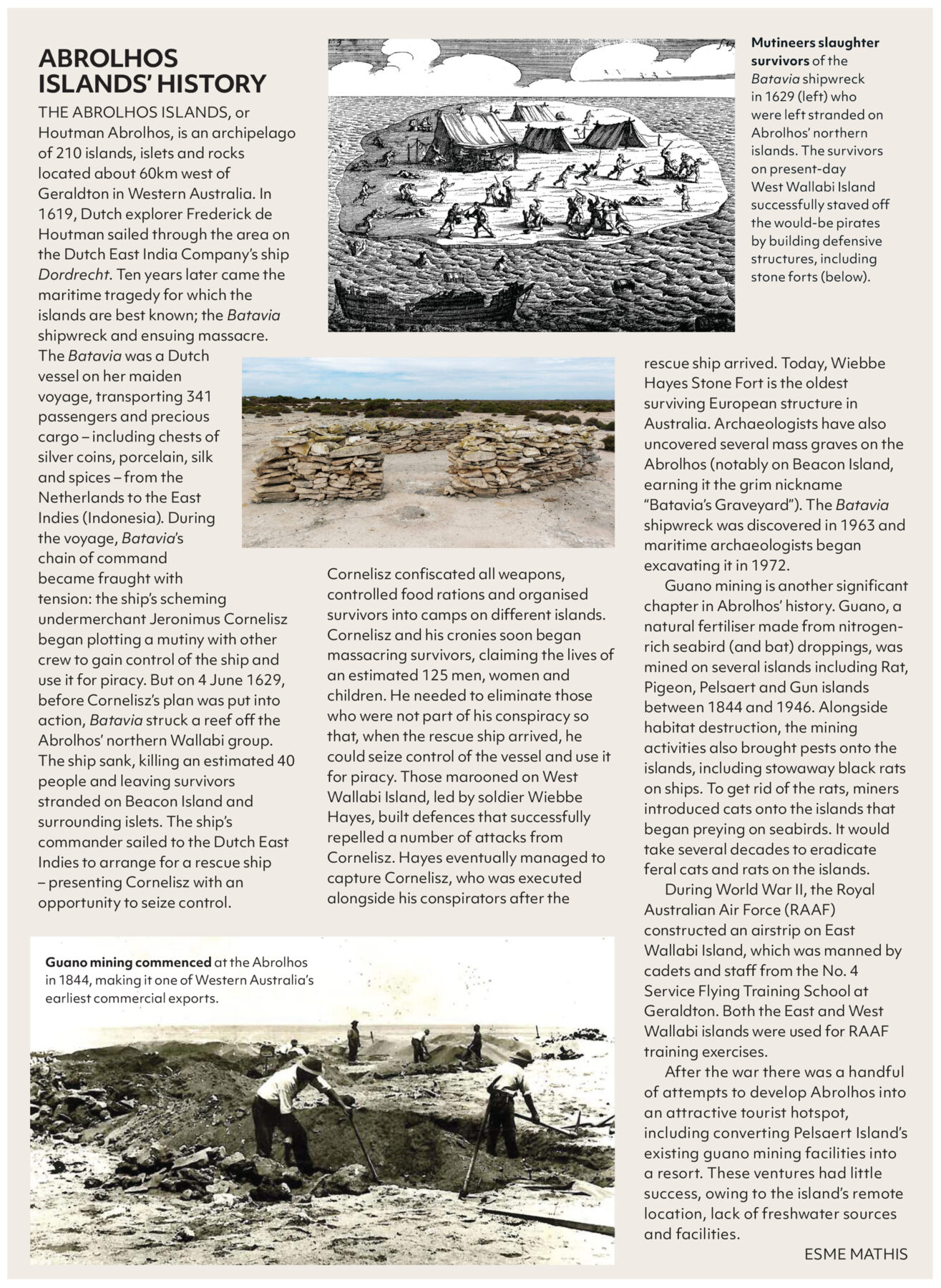
Extreme isolation
The pearls are here year-round, but the extreme isolation of Post Office Island means the family can’t be. The Liddons live on the island for just four months of the year. “If we spent the whole year on the island, I wouldn’t cope,” Michela says. The mainland and all its amenities are a two-and-a-half-hour boat ride away. The airstrip is about 24km away in the Easter Group – the Abrolhos’ central group of islands. From there, small planes are able to transport patients to the hospital. Similar to other remote Australian islands, the Abrolhos requires its residents to have a fair amount of grit and self-reliance. “You have to do everything by yourself here, so you have to be creative about problem-solving,” Michela says. “If something breaks here, you fix it. Or maybe you feel like takeaway, so you follow a recipe, and you end up making dumplings. Sometimes we lose connection in the bad weather, but it’s fine. You don’t always need that connection.”
Leo attends school in Perth and Michela’s family lives in Italy, so they split their time between places. “It can be nice going from this isolated extreme to a pumping European city. We like to get a bit of everything we love in the year,” Jesse says. In April, they host Pearls and Plates, the island’s annual food and wine festival. From May to June, Jesse fishes for lobster on the island. In July, the trio heads to Italy to live la dolce vita for the northern summer. In August, it’s back to Perth; in September, Jesse continues fishing. For the September–October school holidays, the trio stays on the island and hosts pearl farm visits for tourists. When Jesse isn’t fishing, he returns to the island every four to six weeks.

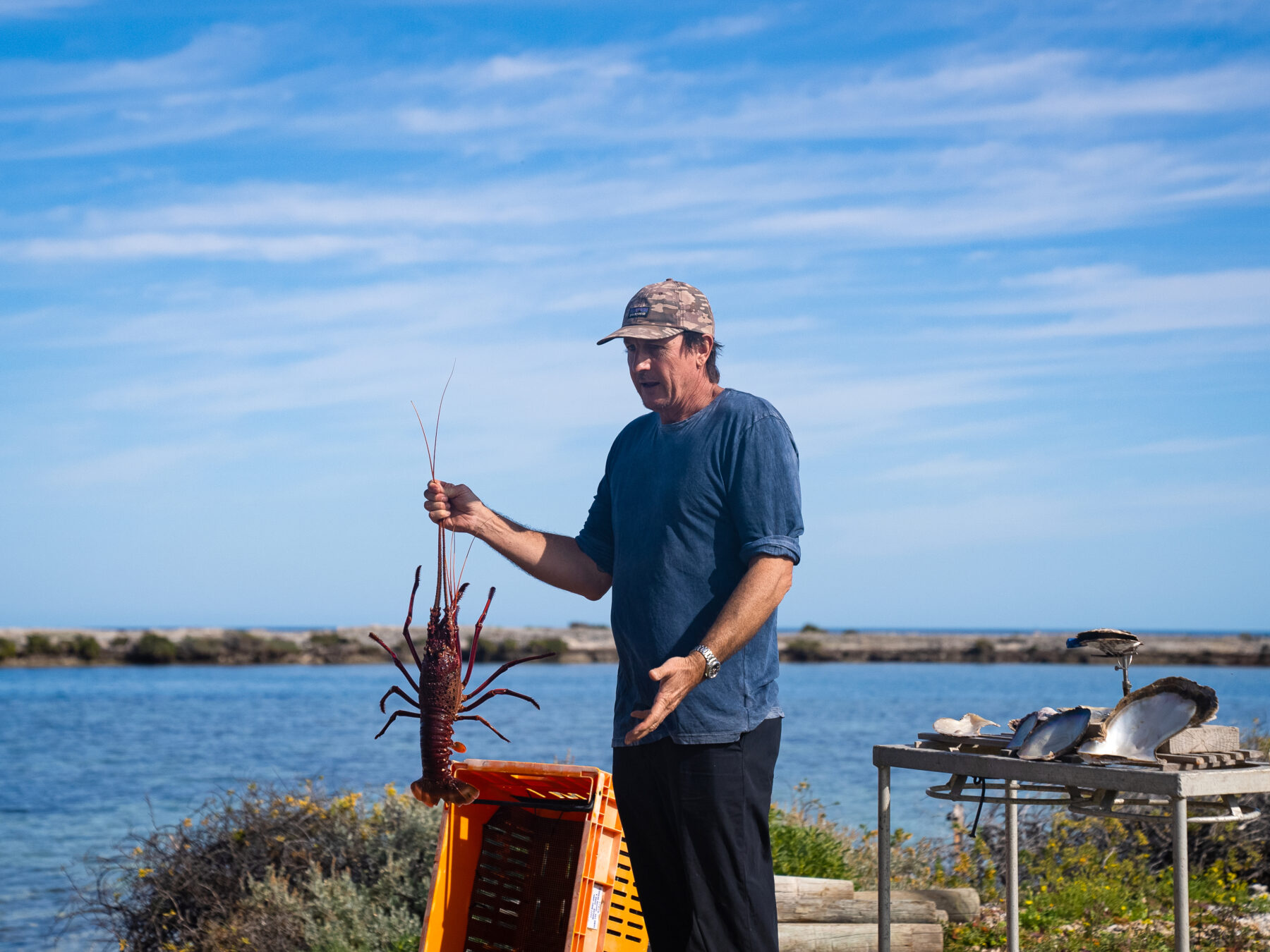
Jesse’s mum, Jane, is behind the family business. She grew up around these waters and was one of Australia’s first female crayfish boat skippers. After retiring, she developed aquaculture on Post Office Island and diversified the business. The pattern of pioneering women has continued, with Michela bringing the island what Jesse calls “an Italian precision”. “Since Michela has come into the family, we’ve developed the tourism side of things,” Jesse says. Michela manages visits – sometimes twice a week – from cruise ships, each carrying up to 100 people. She also launched the three-day Pearls and Plates festival, where island guests enjoy a long-table lunch by two celebrity chefs, along with cocktails, jewellery and a musical performance by Jesse – his “annual gig”.
Endless inspiration
The island Is an endless source of inspiration for Michela’s creativity. When she first arrived, she noticed the more laid-back approach to style among Western Australians compared to the fashion-forward Milanese, so she concentrated her design focus on pearls. “I like to keep it more niche, rather than releasing a new collection every six months. I want to enjoy life,” she says. In collaboration with her mother-in-law, Jane, Michela designs minimalist jewellery using the Abrolhos pearls. “We have a nice synergy now in the family and with Michela’s jewellery, we get to pick what is made into what. I’m happy with where it’s at,” Jesse says. “But if we make it too big, we’ll have to live here all the time.”
ISLAND LIFE
Less than 1 per cent of Australia’s population lives on the small islands dotted around our continent. This number is growing as more people head across the water after the onset of COVID, rejecting costly city living and office-based work. But is “island paradise” a myth, fuelled by a desperate search for escapism? Or have these far-flung residents truly found the key to happiness? This is the
second instalment in a series exploring the realities of island life.
Also in this series:







